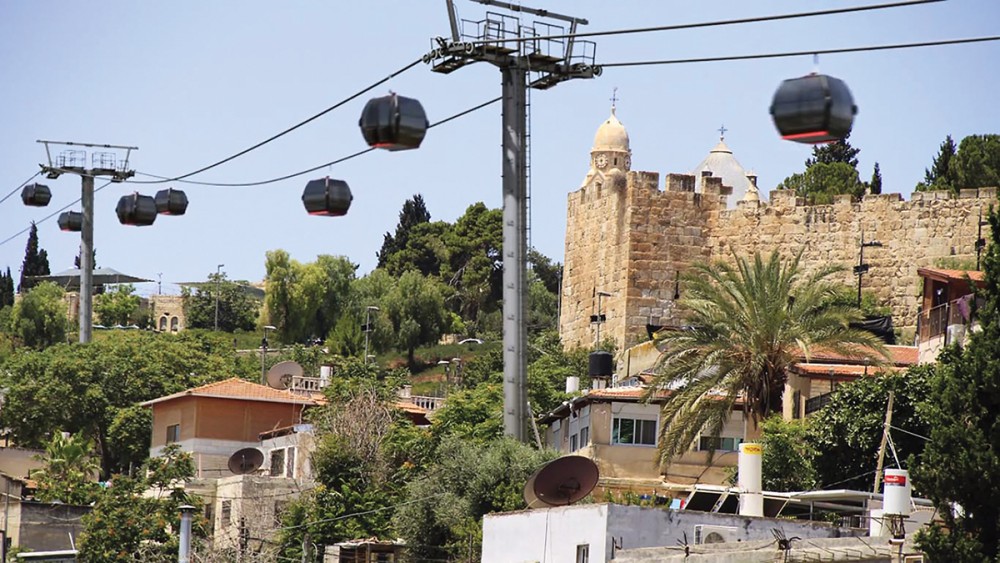Getting to the Old City of Jerusalem—by cable car?
The proposed project may be good for tourism, but it brings dangers.

The Old City of Jerusalem is a wonder to behold. It is also the scene of continuous conflicts, rooted in religion, history, economics, and politics—along with, in recent years, urban planning.
Little large-scale planning has been implemented in Jerusalem. Under British rule (1918–47), master plans were drawn up for the city. But even the most realistic of these, created by Henry Kendall in 1944, was never fully realized. After the Six-Day War in 1967, a new master plan was completed, along with special conservation plans for the Old City. But in neighborhoods around Jerusalem, a series of one-off plans were applied. Since then, little has been done to update the master plan through the statutory process, leaving the city up to the will of developers and politicians. Instead of rational criteria for development, Jerusalem has power plays between interested parties.
Along with this general lack of direction related to urban planning, there is a lack of proper supervision for specific projects that come up. Even when there are laws in place, there are ways of circumventing them. Such is the situation in regard to the current plan to set up a cable car to transport people from outside the Old City to inside, near the Western Wall.





